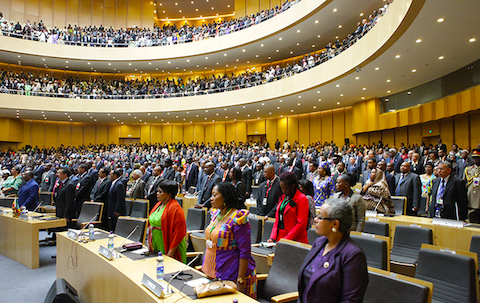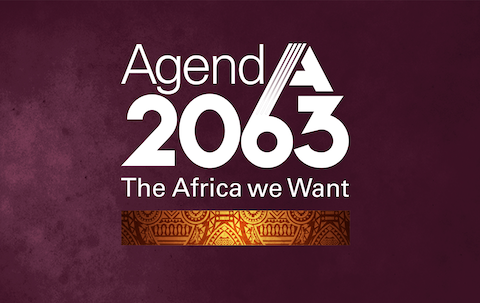Topic Resources
African Union Human Rights Memorial (AUHRM)
Concept Note
Overview
African Union Human Rights Memorial (AUHRM)
Concept Note
Overview

Promoting Africa’s growth and economic development by championing citizen inclusion and increased cooperation and integration of African states.

Promoting Africa’s growth and economic development by championing citizen inclusion and increased cooperation and integration of African states.

Agenda 2063 is the blueprint and master plan for transforming Africa into the global powerhouse of the future. It is the strategic framework for delivering on Africa’s goal for inclusive and sustainable development and is a concrete manifestation of the pan-African drive for unity, self-determination, freedom, progress and collective prosperity pursued under Pan-Africanism and African Renaissance.

H.E. Mr. Paul Kagame, President of the Republic of Rwanda, was appointed to lead the AU institutional reforms process. He appointed a pan-African committee of experts to review and submit proposals for a system of governance for the AU that would ensure the organisation was better placed to address the challenges facing the continent with the aim of implementing programmes that have the highest impact on Africa’s growth and development so as to deliver on the vision of Agenda 2063.


The AU offers exciting opportunities to get involved in determining continental policies and implementing development programmes that impact the lives of African citizens everywhere. Find out more by visiting the links on right.
Slavery took place in Africa for more than five centuries, Africans were traded within the continent and exported to the rest of the world to perform labour of different forms to nations including Spain, Britain, Dutch Empire, France and Portugal amongst others.
The transatlantic slave trading were patterns which were established in the mid-17th century. These trading patterns involved trading ships which set sail from Europe with a cargo of manufactured goods to the west coast of Africa. There, these goods were traded, over weeks and months, with captured people who were provided by African traders. European traders found it easier to do business with African intermediaries who raided settlements far away from the African coast and brought those young and healthy enough to the coast to be sold into slavery.
Slavery had different elements, with the most notable being labour and economics. Africans were traded to perform labour and the traders would reap the rewards of such labour. Thousand were forcefully captured, sold and shipped across the world. After centuries, this created the notion that Africans were and still are inferior. By the 19th century, there was a movement for the abolition of slavery, although opposed by many of these nations which dealt in slaves, it gained momentum when slave masters saw no economic potential in the slave trade. There was resistance from the enslaved Africans which led to its abolition. Majority of these nations had declared the end of slavery and moved to a new form of slavery.
When slavery did not make economic sense, the masters began a campaign which could be said to enslave Africans in their own land instead of shipping them across the world.
African Union Human Rights Memorial (AUHRM)
Concept Note
Overview
African Union Human Rights Memorial (AUHRM)
Concept Note
Overview
